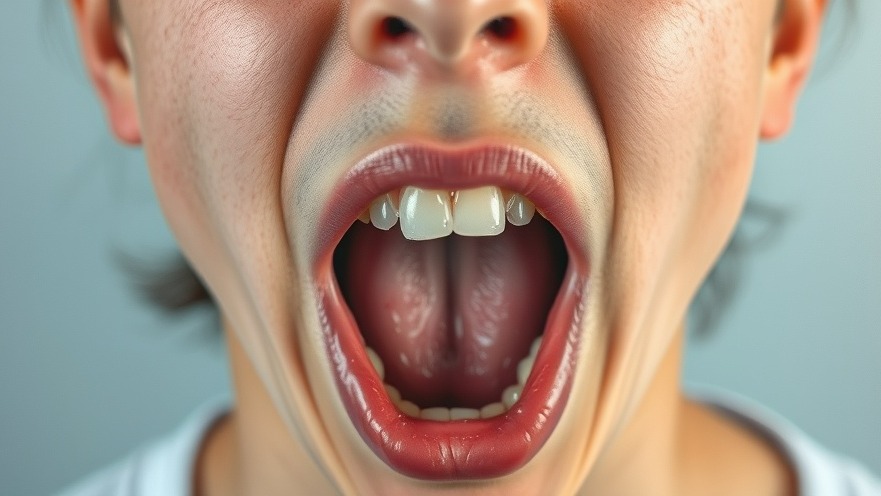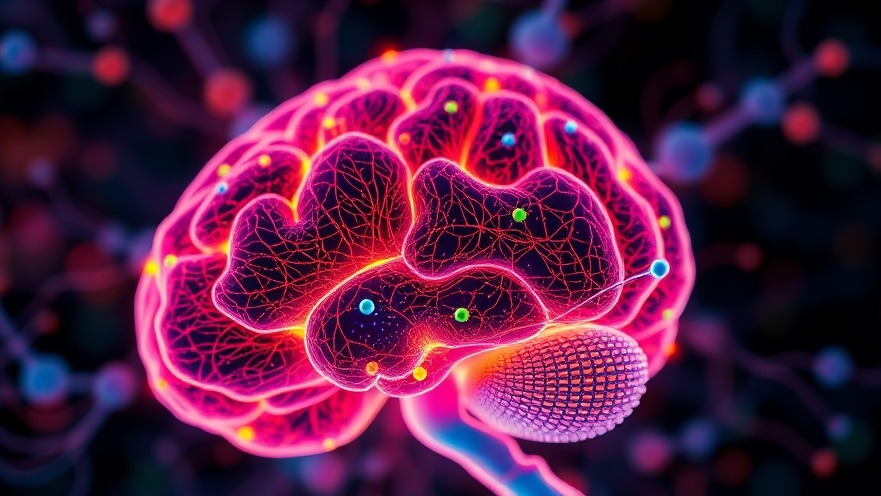
Breakthrough for Chronic Dry Mouth: A New Perspective on Salivary Gland Regeneration
Chronic dry mouth, or xerostomia, is more than just an uncomfortable condition; it severely impacts the quality of life for millions of patients suffering from damaged salivary glands. Often caused by chemotherapy, radiation therapies for head and neck cancer, or other circumstances such as aging and diseases like diabetes, stroke, and HIV/AIDS, this condition currently has no cure.
Recent advancements at the Mayo Clinic have sparked hope with the development of the world's first salivary gland regenerative biobank. This biobank represents a monumental leap forward in regenerative therapy for xerostomia, providing essential resources for researchers to explore solutions to this debilitating issue.
Understanding the Development of the Biobank
The biobank is a collection of human salivary gland tissue-organoids derived from 208 donors. Dr. Nagarajan Kannan, the lead author of the biobank research and director of the Mayo Clinic Stem Cell and Cancer Biology Laboratory, emphasized that this initiative overcomes the significant barrier of limited access to standardized salivary specimens that have previously hindered research. With this new resource, researchers can now conduct more reliable and varied experiments to discover regenerative therapies to heal salivary glands affected by treatments like radiation.
Impact of Chronic Dry Mouth
Understanding chronic dry mouth's impact involves recognizing the daily challenges faced by those affected. Patients often report a constant sensation akin to having cotton in their mouths, leading to difficulties in essential functions like chewing, tasting, speaking, and swallowing. Additionally, xerostomia is associated with further complications, such as increased risks for dental decay due to reduced saliva production.
Research Innovations: Potential for Regenerative Therapy
Dr. Kannan’s research team is cultivating rare regenerative salivary cells. This approach draws on the creation of a radiation injury model that will be tested alongside the biobank. The multidisciplinary effort aims at uncovering biomarkers for mature saliva-producing cells while mapping the tissue origins of rare self-renewing salivary cells.
By increasing the population of these cells, the researchers hope to enable the development of treatments that might eventually lead to self-regenerated salivary glands, which stands to significantly improve the lives of those suffering from chronic dry mouth, especially following cancer treatments.
The Road Ahead: Enhancing Patient Care
For concierge health practitioners, staying informed about such innovations is essential. The regenerative biobank opens avenues for personalized medicine and targeted therapies that can directly influence patient care strategies. Understanding these advancements will position healthcare providers to address xerostomia symptoms more effectively, helping their patients regain comfort and confidence in their daily lives.
Conclusion: A Call to Action for Health Practitioners
The emergence of the Mayo Clinic's salivary gland regenerative biobank represents more than just scientific progress; it’s a beacon of hope for countless individuals. As healthcare practitioners, it's crucial to stay informed about these developments and consider integrating new therapeutic options into patient care strategies. Subscribe to the latest health news updates and remain proactive in exploring innovative solutions for xerostomia and other related conditions. The future of patient care hinges on our commitment to embracing change and leveraging the latest research for optimal outcomes.
 Add Row
Add Row  Add
Add 




Write A Comment